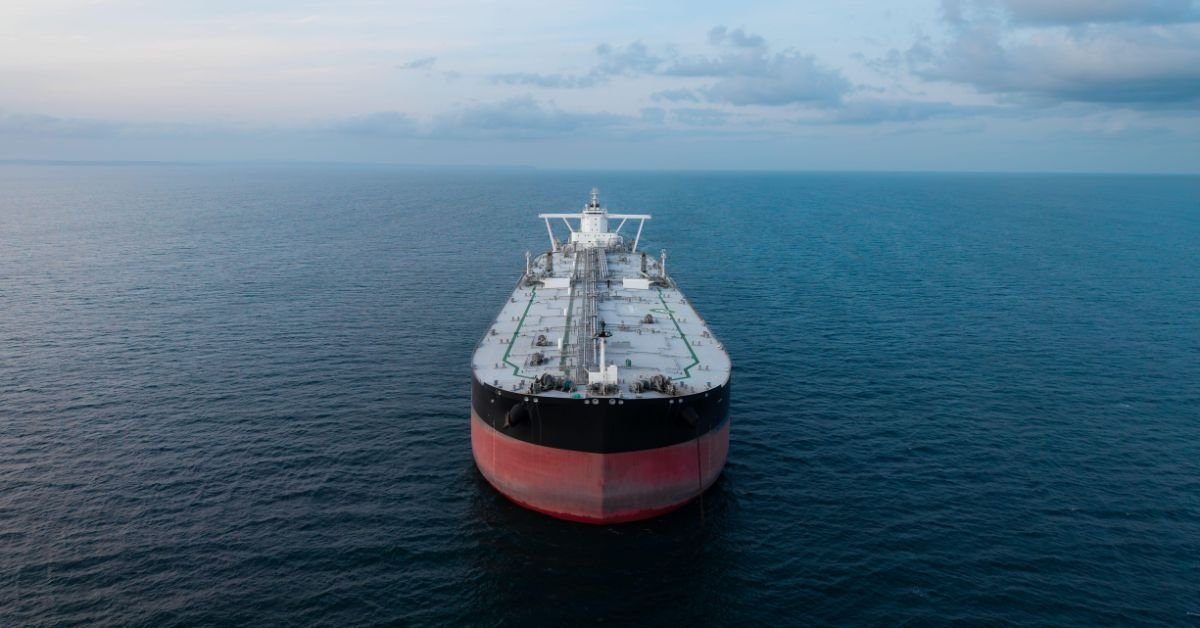Iran’s last resort proves harder to activate than expected
26 June 2025
Iran’s retaliation to the US/Israeli attacks did not include the closure of the Strait of Hormuz, long viewed as its “ultimate option”. What considerations did the Iranian government likely make in deciding whether or not to close a Strait vital to commercial maritime traffic?
By Kais Makhlouf, MENA Analyst
For 12 days from 13 to 24 June, Israel and Iran traded munitions with the US joining in at the last moment to strike Iranian nuclear facilities. Iran’s retaliation did not include the closure of the Strait of Hormuz, long viewed as its “ultimate option”. Vessels in the Gulf of Oman did adopt a holding pattern, with many hesitating to cross the Strait, but that was mostly for fear of collateral damage and navigational hazards.
Did Iran lose a game of chicken with the US in threatening to close the Strait, did broader considerations prevent Iran from taking action, or was the threat to the Iranian regime not grave enough to justify the use of its last resort?
The answer is probably all of the above. It is assessed that Iran would consider closing the Strait of Hormuz if the regime faced an existential threat. Despite Israeli efforts, which included assassinations of leaders and disinformation campaigns meant to provoke population movements, the theocracy did not fall apart.
Iran also had to contend with its dependence on China, which absorbs 90% of its exports, giving it pride of place in Iranian domestic and foreign policy considerations. Shutting down the Strait might have meant interrupting the oil supply to its main client, as well as to many other Asian markets who absorb over half of all Persian Gulf energy exports. If Iran hoped to mount a diplomatic coalition against the US/Israeli attack, this move would prove unhelpful.
It would also risk alienating the Gulf Arab partners, which may have a role to play in Iranian reconstruction in the near future. Economic links across the Persian Gulf are strong, and relations are improving (with China’s discreet encouragement), and Iran may hold out hope for some Gulf assistance in rebuilding its assets.
Finally, Iran and the US both had to guess how damaging the other thought a closure might be, and whether they were willing to pay the price. It was a game of geopolitical chicken in which Iran hoped that the prospect of inflation and economic disruption would deter the US, whereas the US believed that Iran would not be able to cope with the disruption to its own economy and the damage to regional reputation a closure would inflict.
Overall, the episode still revealed potential Iranian plans in case of a closure in the future. Rhetoric threats first tested the waters, with the Iranian Parliament initially voting on a motion to close the Strait. That motion was transferred to the Iranian National Security Council, who was meant to vote on it, though no outcome was ever publicised. Finally, Iranian politicians issued threats against specific Western flags and began hinting at a selective closure of the Strait, akin to the Houthis’ Red Sea embargo: only allied vessels would pass through, and “hostile” vessels would be banned.
With most trade in the Gulf now Asian, a selective closure would allow the damage to be felt by the West, but still be financially sustainable for Persian Gulf states. The adversaries now know each other much better – but will they dare call each other’s bluff in the future?
RISK ASSESSMENT REPORTS:
Enhance your decision-making with Risk Intelligence's comprehensive risk assessment reports
Tailored to your needs, our reports offer in-depth analyses of threats for specific operations, regions, or routes. Whether it's the Voyage Risk Assessment for operational readiness or the Security Risk Assessment for strategic planning, our insights equip you with the knowledge to mitigate risks effectively.

